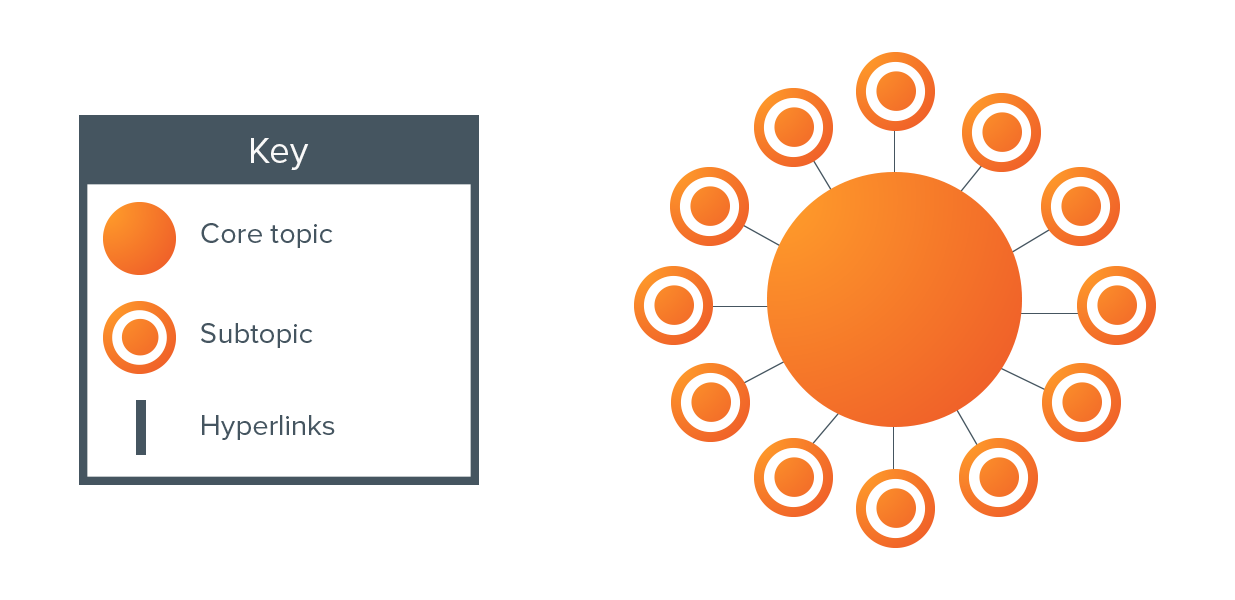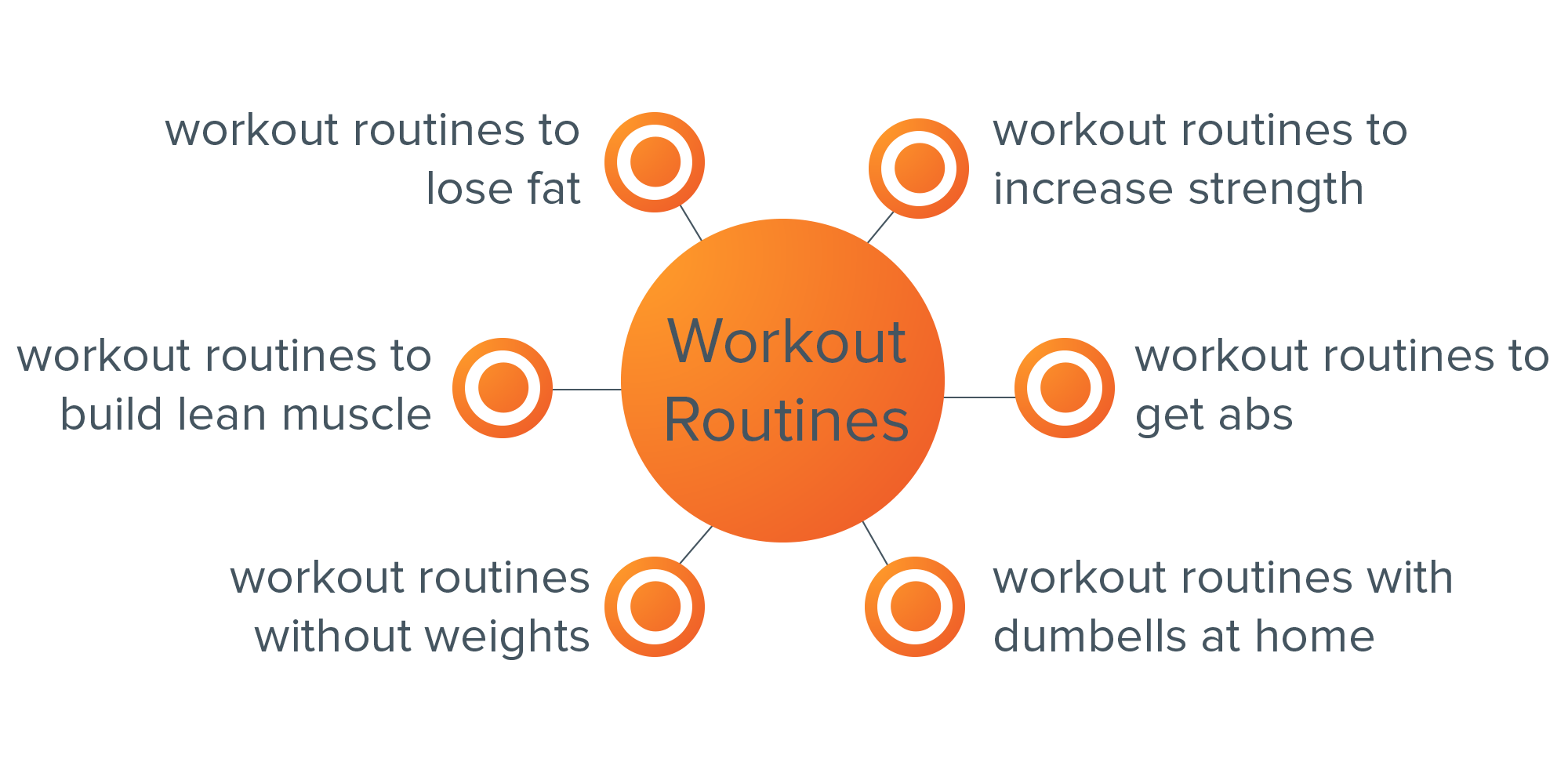When it comes to creating content, the toughest thing is, well, creating it.
It's time consuming. I get it.
But keep in mind that you don't have to be the one actually creating the content – and I'm not talking about outsourcing. I'm talking about curating.
It's simple: find some great content that your audience would be interested in, and share it on your blog. Make sure you don't use more than 40% of the original author's content, and be sure to give them a link back.
But how do you know what your audience is interested in? Figuring that out also takes some time.
That's why I was so happy to find this great article on HubSpot about “topic clusters.” This is how you can start with one idea and turn it into a dozen or more topics.
Remember, you don't need to take the time to create original content. But this will give you the framework to decide on the topics you should curate.
What is a Topic Cluster?
The basic premise behind building a content program in topic clusters is to enable a deeper coverage across a range of core topic areas, whilst creating an efficient information architecture in the process.
That sounds more complex than it is in reality.
What I’m saying here is that through aligning sets of webpages into topic clusters, you can manage the internal linking between each more efficiently and also provide a better user experience for visitors.
[image source: HubSpot]
The typical way that I structure a topic cluster of content is with one larger piece of content that focuses around broadly covering the core topic, otherwise known as pillar content.
Linking into the pillar content is a range of content that covers individual, more specific subtopics, otherwise known as cluster content. The cluster content will link back to the core pillar and often in between other cluster content within the same topic.
Here’s an example to illustrate this:
[image source: HubSpot]
In the above example, the core topic is “workout routines.” Each of the surrounding subtopics focuses on a more specific branch of the core topic, for example, “workout routines to build lean muscle”.
The role of the pillar content is to cover the core topic broadly and also perform well at converting visitors into leads (or whatever your conversion goal is).
The cluster content that is built for each of the subtopics will focus on gaining greater topic visibility and funneling traffic through to the pillar content in order for them to convert.
The Process for Creating a Topic Cluster
When it comes to actually mapping out topic clusters, there’s a general process that I’ve found to work particularly well. I’ve simplified it down and listed it below so that you can get started:
- Map out 5-10 of the core problems that your buyer persona has (use surveys, run interviews, and do some secondary research within online communities).
- Group each of the problems into broad topic areas.
- Build out each of the core topic with subtopics using keyword research.
- Map out content ideas that align with each of the core topics and corresponding subtopics.
- Validate each idea with industry and competitive research.
- Create (or curate), measure, and refine.
This is a very simplistic overview but can work as a light framework for prioritizing content ideation and production. I tend to find that actually visualizing each topic group into topic clusters works particularly well.
From there, you can take the list of content topics and make small tweaks to get more mileage out of each topic.
For example, if you had the topic “8 social media tips for beginners,” you could tweak it to be “8 Facebook tips for beginners,” or “8 Twitter tips for beginners,” or “8 Instagram tips for beginners.”
And again, (kind of beating a dead horse here) you don't need to create the content yourself. Once you have a list of topics, you can curate other people's content that fits what your audience wants.
You can read more about Topic Clusters over at HubSpot.
CHALLENGE Yourself to Profit!
Free Download: Build Your Profit-Generating Online Business With This Free Blueprint
Sign Up, follow the easy steps and You'll get the tactics, strategies & techniques needed to create your online profit stream. It's free!





